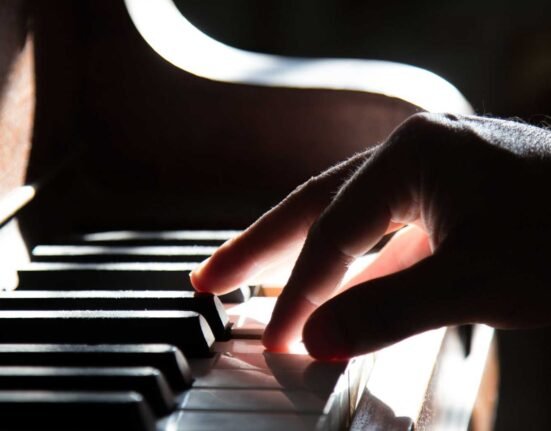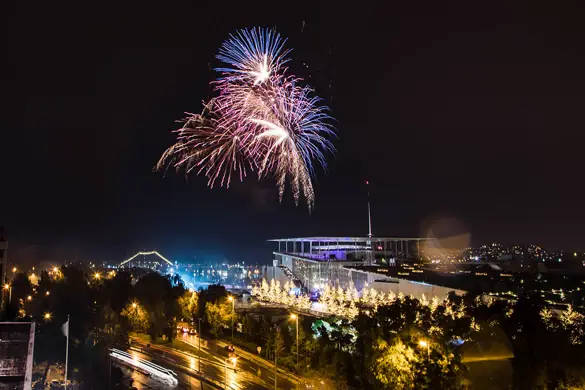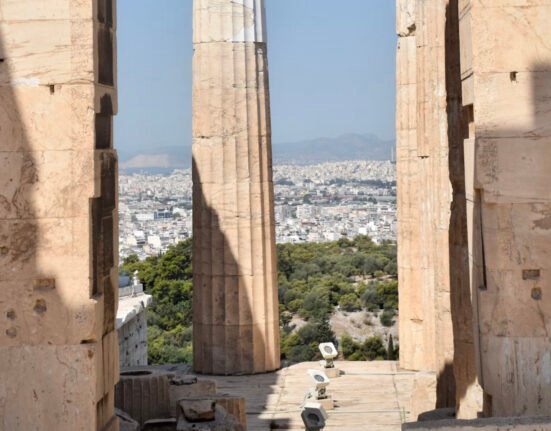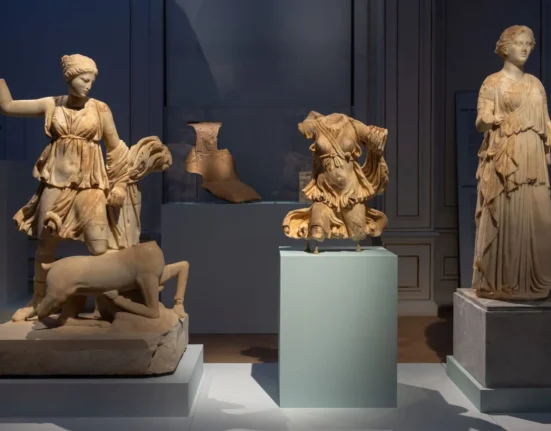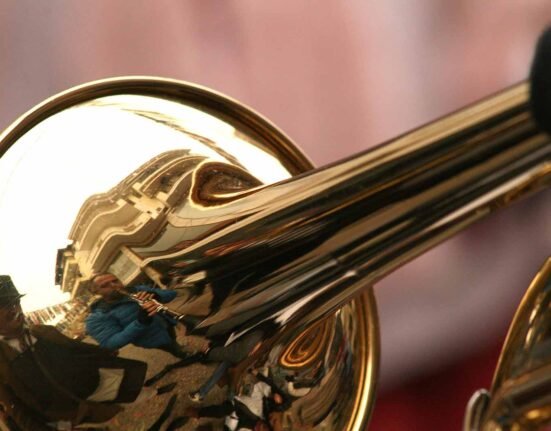As the clocks strike midnight on December 31st, much of the Western world comes together to usher in the New Year with celebrations, fireworks, and reflections on the year gone by. However, the start of the New Year isn’t celebrated on the same date everywhere. From ancient customs to modern-day traditions, different cultures and countries have unique ways of marking this special occasion, each with its own rich history and symbolism. Whether it’s based on lunar cycles, agricultural practices, or celestial events, the dates and celebrations vary—offering a fascinating glimpse into the diversity of our global community. Join us as we explore how people around the world—and even other planets—celebrate the beginning of a new year!
Gregorian New Year – Western New Year
1 January 2025
The Gregorian New Year, celebrated on January 1, originates from ancient Rome, where it was officially established as the start of the year in 153 BCE. This decision was influenced by Numa Pompilius, who revised the Roman calendar to position January—named after Janus, the god of beginnings—as the first month, replacing March. Although January 1 was adopted early, the Julian calendar, introduced by Julius Caesar, further cemented this date as New Year’s Day. After the fall of the Roman Empire, many Christian nations shifted the New Year to other dates, such as March 25 and December 25. It wasn’t until Pope Gregory XIII’s reform in 1582 that January 1 regained prominence, with the widespread adoption of the Gregorian calendar. Some countries, however, retained traditional New Year dates, reflecting a diverse tapestry of cultural observances worldwide.
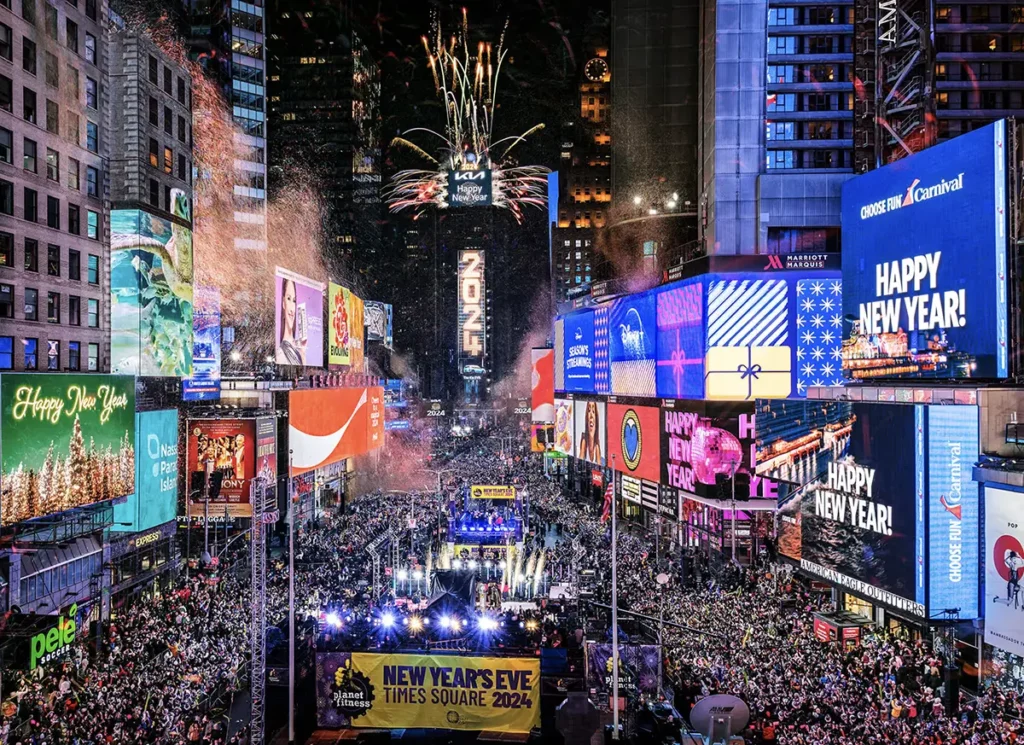
Lunar New Year – Chinese New Year
29 January 2025
Chinese New Year, also known as Lunar New Year or Spring Festival, is one of the most significant celebrations in China, symbolizing centuries of tradition and family unity. With a history spanning approximately 3,500 years, it has evolved across dynasties, incorporating diverse customs and stories. The festival’s date varies annually, determined by the lunar calendar, and falls on the second new moon after the winter solstice, typically between January 21 and February 20. In 2025, the festivities begin on January 29, marking the Year of the Snake, specifically the Wood Snake, which will last until February 16, 2026. Nicknamed the Spring Festival, it heralds the arrival of spring and renewal of life, even though it occurs in winter. Central to the celebrations are mythological tales, such as the legend of the beast Nian, which inspired customs like feasting and setting off firecrackers to ward off evil spirits.
Today, Chinese New Year is a vibrant blend of ancient rituals and modern trends, as families gather for reunions, enjoy traditional meals, and embrace contemporary practices such as digital red envelopes and elaborate entertainment shows. This mix ensures that the spirit of the Spring Festival remains both alive and dynamic in modern society.

Nowruz – Persian New Year
20 March 2025
Nowruz, meaning “new day,” celebrates the first day of spring and is observed by over 300 million people during the vernal equinox. This ancient festival begins precisely when winter ends and spring starts, which in 2025 occurs on March 20 at 5:24 p.m. Eastern Time. Nowruz traces its origins to Zoroastrianism, the ancient pre-Islamic religion of Iran, and has been celebrated for over 3,000 years across the Balkans, Central Asia, the Middle East, and beyond.
Recognized by UNESCO in 2009 as part of the Intangible Cultural Heritage of Humanity, Nowruz symbolizes renewal, the arrival of a new year, and promotes values of peace, unity, and cooperation among generations and communities. Its festivities reflect cultural diversity and shared values, emphasizing mutual respect and neighborliness. Traditional rituals showcase a fusion of Eastern and Western customs, celebrating the cyclical nature of life and the importance of harmony with the environment.
By honoring Nowruz, individuals affirm their connection to nature, acknowledging the vital relationship between human activity and the natural world, while embracing principles of coexistence and sustainability in their lives.
Photo Credit: Surfiran Mag
Songkran – Thai New Year
13-15 April 2025
Songkran, also known as the Water Festival, is Thailand’s most significant celebration, marking the traditional Thai New Year. Scheduled for April 13 to 15, 2025, this vibrant festival transforms the streets into lively arenas for exhilarating water fights. Celebrated not only in Thailand but also in Cambodia, Myanmar, Laos, and parts of India and China, Songkran marks the entrance of the sun into the astrological sign of Mesha, or Aries, in the Western zodiac.
The festival is rich in cultural observances, including sprinkling water on Buddha statues, giving alms to Buddhist monks, and honoring elders. At its core, Songkran symbolizes a time for cleansing and renewal, with participants joyously spraying water to wash away bad luck and welcome blessings for the new year.
Recognized for its cultural significance, Songkran was inscribed on UNESCO’s Representative List of the Intangible Cultural Heritage of Humanity in 2023.

Matariki – Māori New Year
19–22 June 2025
Matariki is a significant occasion in the New Zealand calendar that marks the start of the Māori New Year. It is signified by the reappearance of the Matariki star cluster in the night sky, typically occurring in mid-winter from late May to early July, with the first public holiday to celebrate Matariki held on June 19, 2025.
The festival is rooted in Māori culture and closely tied to the maramataka, the Māori lunar calendar, bringing closure to the past year while welcoming the new one. Each of the nine visible stars in the Matariki cluster has its own significance and story in Māori culture, with the cluster symbolizing renewal and the gathering of families to reconnect and celebrate the promise of new beginnings.

Muharram – Islamic New Year
27 June 2025
Muharram, the first month of the Islamic calendar, signifies the start of the Islamic New Year. The meaning of Muharram is “forbidden,” referring to the fact that it is one of the four sacred months during which warfare is prohibited. This year, Muharram is expected to begin on Friday, June 27, 2025, although the exact date may change based on the sighting of the moon.
The traditions and rituals during Muharram vary for the two major sects of Islam, Shia and Sunni, though the main focus remains on reflection and community engagement. Key observances include the Day of Ashura on the 10th of Muharram, noted for fasting and remembrance of significant historical events.
This month offers an opportunity for individuals to engage in charitable acts and foster personal growth, as well as to contemplate their actions over the past year. Many choose to visit mosques and spend time with family and friends, reflecting on aspirations for the upcoming year.
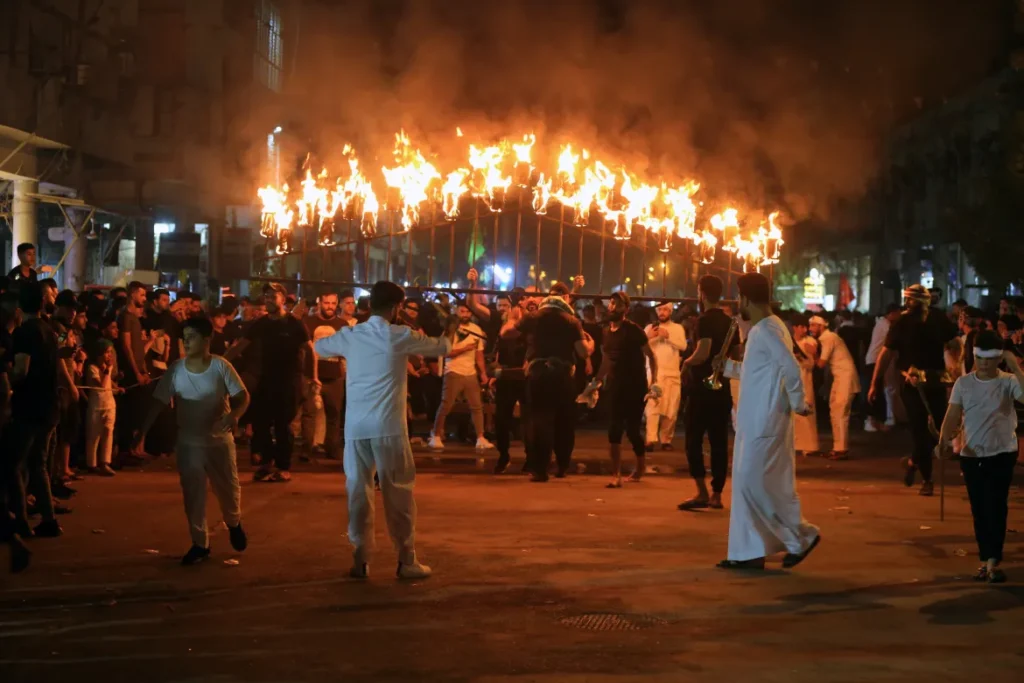
Enkutatash – Ethiopian New Year
11 September 2025
Enkutatash, or Ethiopian New Year, marks a vibrant celebration on September 11 in the Gregorian calendar, corresponding to the start of the Ethiopian 13-month calendar. This unique calendar, similar to those used in many Eastern Orthodox churches, trails the western calendar by seven years and eight months.
According to biblical tradition, God created the earth in September, and King Solomon is said to have gifted jewels to the Ethiopian Queen of Sheba over 3,000 years ago. Upon her return at the end of the dry summer season, yellow Adey Abeba flowers bloomed in the foothills surrounding Addis Ababa, symbolizing renewal and the end of drought. During Enkutatash celebrations, groups of young girls present Adey Abeba flowers to family, neighbors, and loved ones as symbols of luck and blessings for the new year. This act, along with singing the New Year song “Abebayehosh,” is part of traditional festivities. The name “Enkutatash” translates to “the gift of the jewels,” reflecting this rich history.
While rooted in religious history, Enkutatash is celebrated by both believers and non-believers as a time for family and community, promoting a spirit of unity and forgiveness.


Rosh Hashanah – Jewish New Year
22-24 September 2025
Rosh Hashanah, meaning “head of the year,” is a significant festival that celebrates the Jewish New Year, marked by themes of reflection and renewal. In 2024, the festival will begin on Wednesday, October 2, and end on Friday, October 4, following the Hebrew calendar.
The festival symbolizes the creation of the world and prompts individuals to assess their lives, reflecting on their past achievements and aspirations for the coming year. Celebrations often include communal gatherings at synagogues, where families engage in prayers and rituals. A notable tradition is the blowing of the shofar, a ram’s horn trumpet, which produces a distinctive sound, marking the start of the Days of Awe leading up to Yom Kippur, the Day of Atonement.
During Rosh Hashanah, food plays an important role, with round Challah bread symbolizing the circle of life, apple and honey, pomegranates, which represent the 613 commandments and Kiddush wine often being served.

Diwali – Hindu New Year
20 October 2025
Diwali, also known as Dīpāvali or the Festival of Lights, is one of the major religious festivals celebrated in Hinduism, Jainism, and Sikhism. The festival lasts for five days, generally falling between late October and November, depending on the lunar calendar. Diwali symbolizes the victory of light over darkness and involves a range of customs, with the lighting of diyas (small oil lamps) being central to the celebrations.
On the first day, Dhanteras, families clean their homes and purchase gold items to invite prosperity. The second day, Naraka Chaturdashi, commemorates Krishna’s defeat of the demon Narakasura. The third day is Lakshmi Puja, the main day of Diwali, where families seek blessings from Lakshmi, lighting diyas, candles, and fireworks to welcome wealth and success.
The fourth day celebrates Govardhan Puja, commemorating Krishna’s legendary act of lifting the Govardhan Hill, and marks the beginning of the new year in the Vikrama calendar. The festival concludes with Bhai Dooj, which honors the bond between brothers and sisters. Throughout Diwali, homes are adorned with colorful rangoli designs made from rice, sand, or flower petals, and the air fills with laughter, feasting, and the sounds of fireworks.
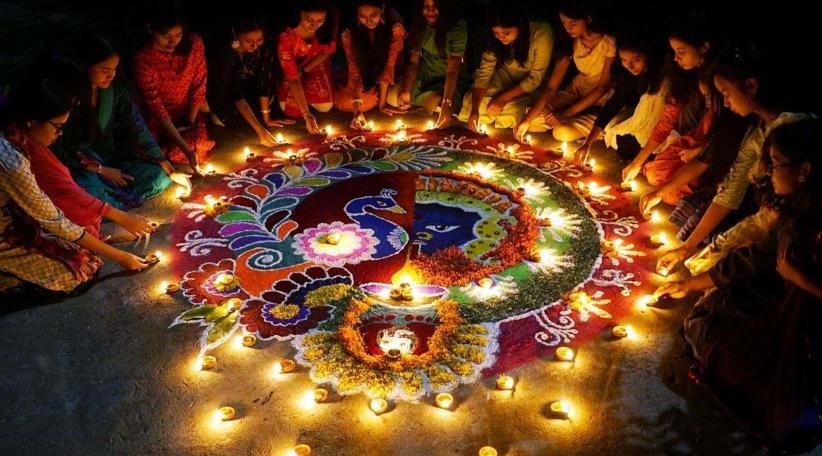
Martian New Year – Yes, Mars Has Its Own Calendar and It’s Almost Twice as Long!
September 30, 2026
The Martian New Year already began on November 12, 2024, marking the start of Year 38 in Mars’ calendar, which is based on the planet’s vernal equinox. The next Martian New Year will not occur until September 30, 2026, when Mars will transition into its 39th year. A Martian year lasts about 687 Earth days, nearly twice as long as an Earth year, while a Martian day, called a “sol,” is 24 hours and 39 minutes long.
The Martian calendar, also known as the Darian Calendar, was created by aerospace engineer and political scientist Thomas Gangale in 1985, named after his son Darius. It was established based on significant events, with Year 1 beginning in 1955, coinciding with the notable dust storm of 1956. Unlike Earth, where seasons last roughly three months, Martian seasons vary in length due to the planet’s elliptical orbit. This variability allows scientists to observe fascinating seasonal phenomena on Mars, including dust storms and changes in polar ice caps. So, just in case you thought Earth had all the weather drama, Mars is here to remind us that it’s got some serious storms of its own!
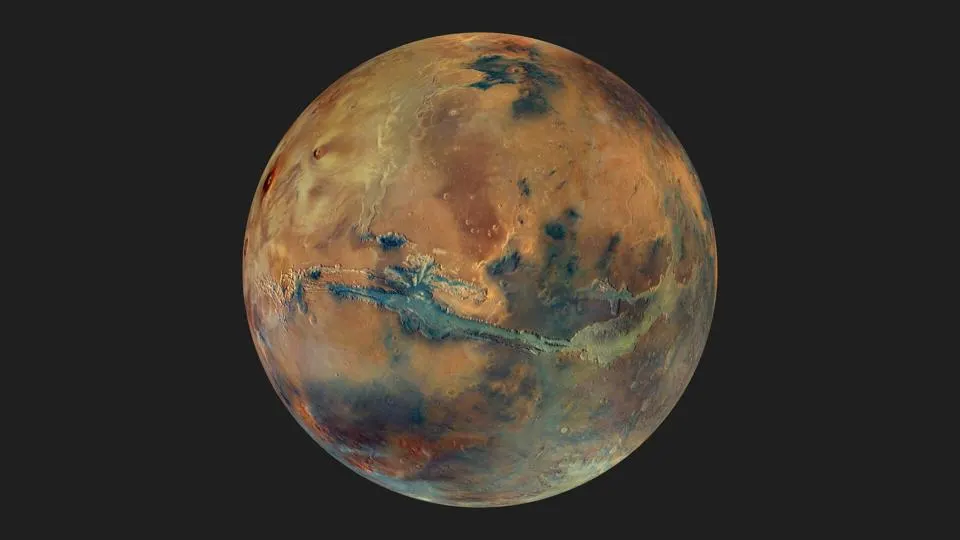
Photo credit: ESA/DLR/FU Berlin/G. Michael
2024: A Year of Struggles
Facts and dates aside, as 2024 comes to a close, it’s impossible to ignore the challenges that have shaped the year. Despite efforts to keep spirits high, the global stage has been deeply affected by wars and conflicts that have shaken international relations, serving as a stark reminder of the fragile nature of global stability. Shifting alliances and devastating military campaigns have left their mark, influencing not only the regions directly involved, but the entire world, affecting diplomatic relations and altering strategic priorities.
Yet, as we look ahead to the new year, we are reminded that while we may celebrate the passage of time in different ways, we share a common human experience. From the varying dates and unique customs marking the start of the year across cultures and countries, we find a universal thread of hope, renewal, and connection. These celebrations, in all their diversity, remind us that no matter the challenges we face, we are all part of a larger global community, seeking peace and betterment as we move forward into the new year.




